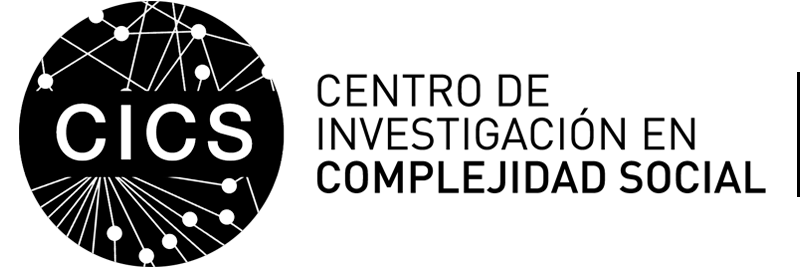Temporal Constraints of Behavioral Inhibition: Relevance of Inter-stimulus Interval in a Go-Nogo Task
Francisco Zamorano, Pablo Billeke, José M Hurtado, Vladimir López, Ximena Carrasco, Tomás Ossandón and Francisco Aboitiz. PLoS ONE. 01/2014; 9(1): e87232. DOI:10.1371.
ABSTRACT
The capacity to inhibit prepotent and automatic responses is crucial for proper cognitive and social development, and inhibitory impairments have been considered to be key for some neuropsychiatric conditions. One of the most used paradigms to analyze inhibitory processes is the Go-Nogo task (GNG). This task has been widely used in psychophysical and cognitive EEG studies, and more recently in paradigms using fMRI. However, a technical limitation is that the time resolution of fMRI is poorer than that of the EEG technique. In order to compensate for these temporal constraints, it has become common practice in the fMRI field to use longer inter-stimulus intervals (ISI) than those used in EEG protocols. Despite the noticeable temporal differences between these two techniques, it is currently assumed that both approaches assess similar inhibitory processes. We performed an EEG study using a GNG task with both short ISI (fast-condition, FC, as in EEG protocols) and long ISI (slow-condition, SC, as in fMRI protocols). We found that in the FC there was a stronger Nogo-N2 effect than in the SC. Moreover, in the FC, but not in the SC, the number of preceding Go trials correlated positively with the Nogo-P3 amplitude and with the Go trial reaction time; and negatively with commission errors. In addition, we found significant topographical differences for the Go-P3 elicited in FC and SC, which is interpreted in terms of different neurotransmitter dynamics. Taken together, our results provide evidence that frequency of stimulus presentation in the GNG task strongly modulates the behavioral response and the evoked EEG activity. Therefore, it is likely that short-ISI EEG protocols and long-ISI fMRI protocols do not assess equivalent inhibitory processes.
Do not disseminate/print without permission of copyright holder.



